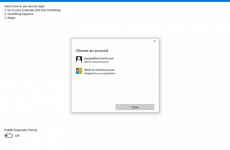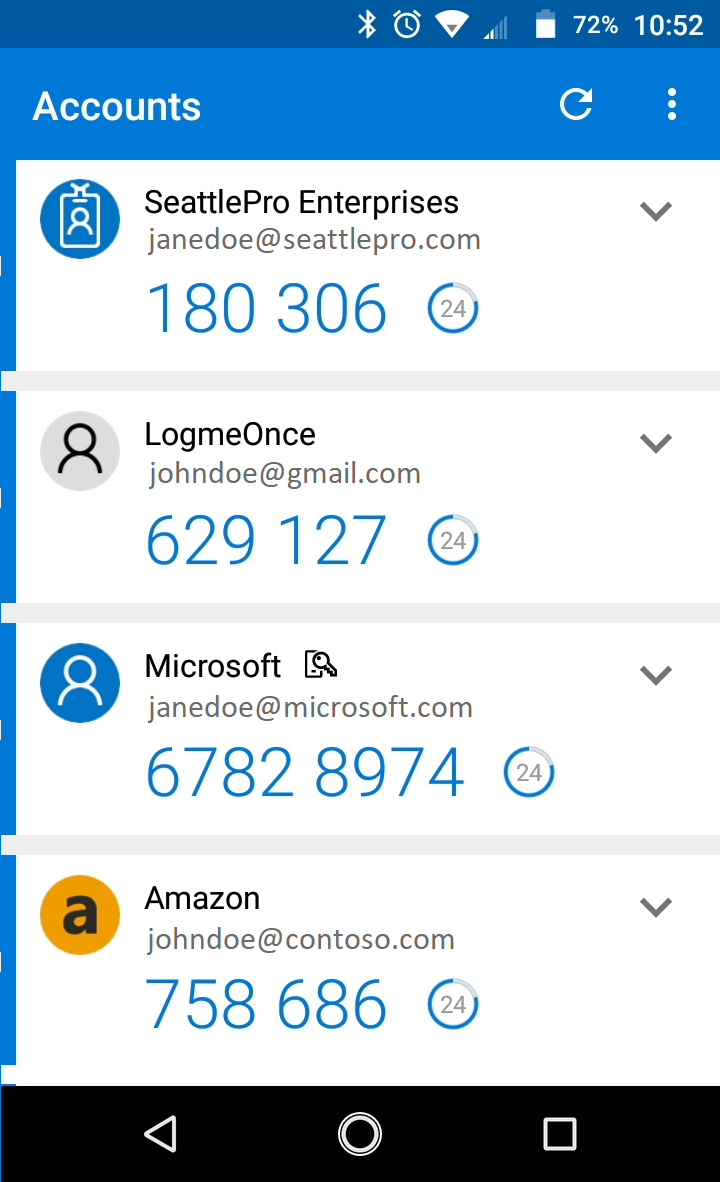
First we’ll cover the basics, and I’ll review the FEITIAN BioPass FIDO2 Security key.With this blog, I hope you’ll learn more about passwordless authentication and how to get started. Some System administrators are concerned about difficult time consuming configuration changes and user adoption challenges. I guess there is still a lot of mystery around going passwordless. It's the difference between a company that creates a great product and then markets it versus one that targets a market and then attempts to create a product that fills it.While passwordless authentication with Windows 10 and Azure AD is possible for quite some time, many organizations still use older and less secure authentication methods. While I would trust Apple to do the due diligence and back-end security work behind with this vague "It just connects and verifies" kind of description, there is NO WAY I would trust Microsoft. Will the FBI/NSA force Microsoft to include some kind of back door into their iPhone app that allows access to other iOS apps? We're talking about Microsoft, a company that is totally in bed with the FBI and other government agencies. Where is the PIN created and how is it passed to and from the iPhone and PC? How many systems are involved that could be monitored and hacked? What kind of traffic, both encrypted and unencrypted, happens between the Windows app, the iPhone, internet, and the PC? I use this capability all the time when accessing web sites as well as Apple's two-factor authentication but I don't see it passing any government security requirements since it's only a single factor authentication. How is the initial configuration made on the PC without being able to create an account with any kind of authentication (password, PIN, etc.)?

The streamlined Bluetooth pairing process worries me because if this is how it connects, it needs to have very robust security.

This article seems to imply that enough services are operational after startup without any kind of logon to allow either a bluetooth, internet (ethernet or WiFi), or (maybe) NFC connection between the PC and an iPhone app. Is there an admin logon and password for Windows 10 S?


 0 kommentar(er)
0 kommentar(er)
